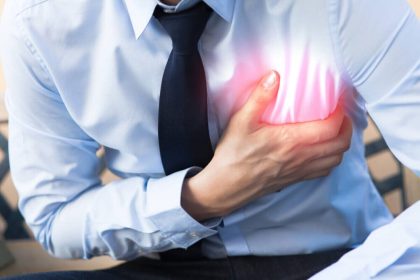Sunlight can activate floating photocatalysts and thus be used for water purification in remote areas and developing countries.
According to Tekna technology and technology news service, chemists plan to use the energy in sunlight to clean fresh water and remove pollutants. In the new research, the researchers of the University of Milan used a new process called photocatalysis, in which it is possible to use the energy of sunlight and organic molecules.
Many common super pollutants can be removed by photocatalysis. This method has been used before, but its application on a large scale still faces great challenges. Researchers started this research with the aim of creating an accessible method for water purification in developing countries and remote areas.
Claudio Bianchi, a professor of industrial chemistry at the University of Milan and the senior researcher of this study, says: Photocatalysis in water purification will be a simple, economical and accessible universal method that can be used in communities that have limited access to clean water. According to him, this method is reusable and biodegradable and cannot cause unwanted and harmful side reactions.
In the past, photocatalysis is used for purification in the form of powder, which was very difficult to collect in the later stages. The researchers stated in their recent article that the use of these materials in the form of powder is associated with the difficulty of separation for reuse.
In their new process, this research group cultivated layers of bismuth oxide on the surface of seeds. In this solution, the floating catalyst is supported by clay grains. Because they can remain on the surface of the water and finally their separation is also done easily. This above soil has a chemical effect and cannot react with other substances. The obtained substance has a stable chemical state and the risk of decomposition and creating another source of pollution through it will be minimized.
The new method was tested on tap water containing the drugs diclofenac and ibuprofen, and the researchers were able to completely remove the samples containing diclofenac after washing and reusing the device several times with the help of a floating catalyst exposed to the sun.
RCO NEWS















